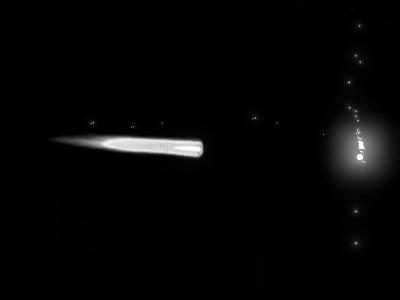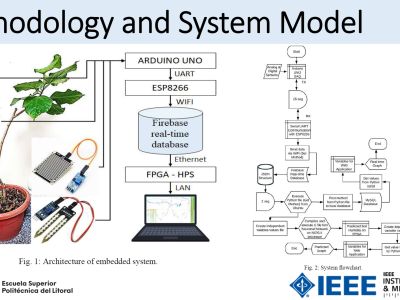Simulated Solar Blind UV signatures of missile

- Citation Author(s):
- Submitted by:
- faryal nasir
- Last updated:
- DOI:
- 10.21227/byxs-yr08
- Data Format:
- Research Article Link:
Abstract
Passive missiles, such as short-range or within-visual-range air-to-air missiles (SRAAMs or WVRAAMs) and man-portable air defense systems (MANPADS), which do not emit radio frequencies (RF) and thus evade detection by an aircraft’s Radar Warning Receiver (RWR). Current passive missile detection systems, primarily relying on Midwave Infrared (MWIR) exhibit limitations regarding high false alarm rates and extensive processing requirements. The detection algorithms are either based on a kinematic model with estimations of background parameters, Kalman filter (KF) based position prediction, or traditional image processing methods. In a highly dynamic environment, where both the detection platform and approaching missile are fast-moving bodies and the field of view is wide, these methods provide limited confidence in terms of detection accuracy as well as future trajectory prediction. To address these challenges, this paper presents a deep learning-based passive missile detection algorithm utilizing Solar Blind Ultraviolet (SBUV) signatures of missiles, which offer inherent advantages over infrared (IR) signatures. The proposed algorithm employs YOLOv5 (you only look once) framework of Convolutional Neural Networks (CNNs) and moving object tracking to detect and classify passive missile UV signatures from a sequence of images. Data synthesis techniques, using 3D missile and aircraft combat scenario simulations in the SBUV spectrum, are applied to overcome the challenge of limited training data. Our findings demonstrate that the proposed algorithm effectively detects passive missile UV signatures, decluttering them from the background and classifying detected missiles as threatening or approaching threats. Consequently, this deep learning-based approach provides a promising solution for improving the detection and direction assessment of passive missile threats, ultimately enhancing aircraft safety and security.
Instructions:
The images in the data set represent simulated SBUV signatures of missile plume. These may vary from the real SBUv signatures captured by a SBUV sensor due to its optical performance, frame rate or sensitivity.
 160 views
160 views







